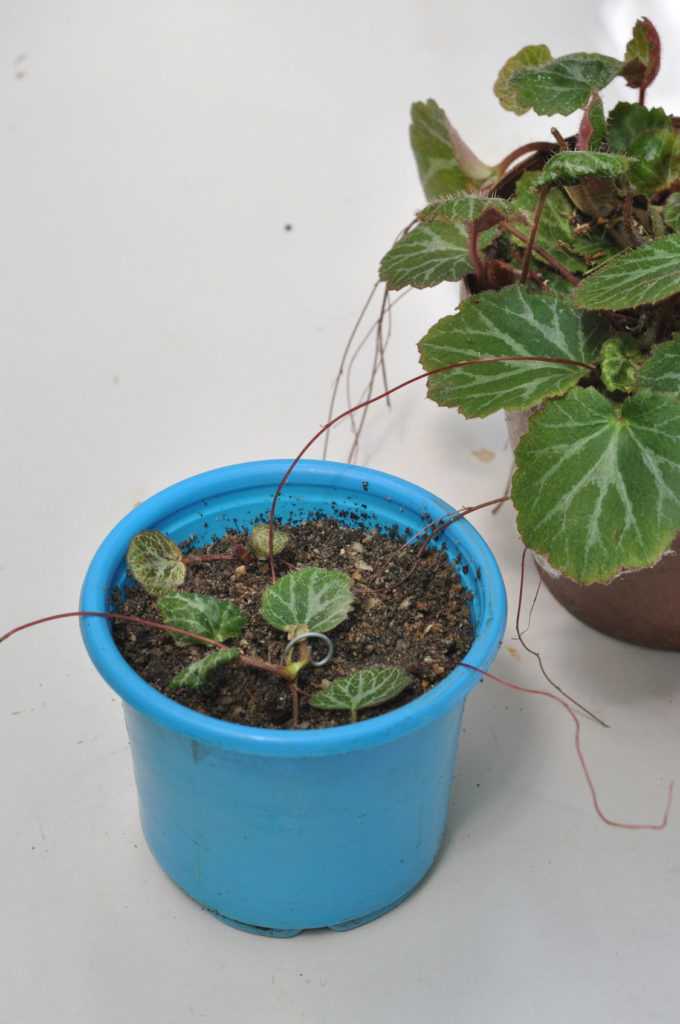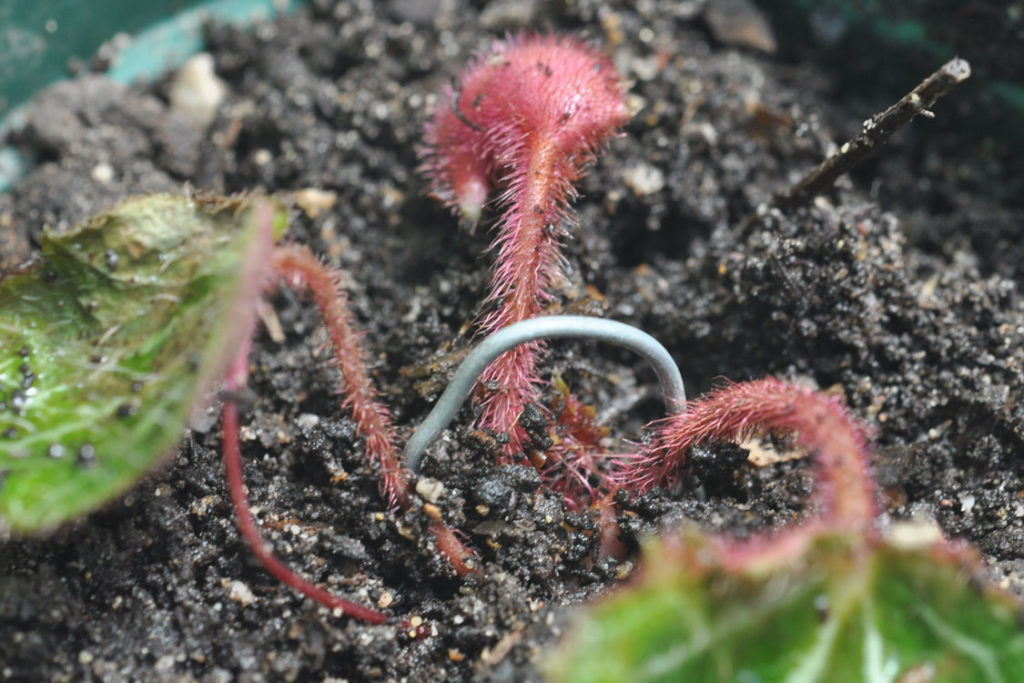Follow these three fool proof ways to propagate more plants for your garden
Gardening can be expensive. But a good way to keep costs down is to ‘create’ new plants from those you already have. Do this by collecting seeds, planting runners or by leaf division.
FLESHY SEEDS: CLIVIAS

Clivias, like many bulbs, are easy to grow from their colourful fruits. However, be patient, your first flowers will only appear in 3–4 years’ time.
Other plants that replicate this way: Scadoxus spp. (Catherine wheel and paintbrush lily) and blood flower (Haemanthus spp.)
WHEN:
Wait until the fleshy seeds are ripe and turn red, or yellow in the case of yellow clivias.
METHOD:
- Rub off the fleshy pulp to expose the large pearly seeds. Rinse and sow immediately or keep in a refrigerator in a sealed plastic bag until ready to use.

- Press seeds about 20mm apart in a deep seed tray in a loose seedling mix to at least half their width; don’t bury them. Keep seed trays moist, but not wet, in a shady position where there’s plenty of light.

- The root, which emerges after 4–6 weeks, is followed by the first leaves. As the seed begins to shrivel, feed with Seagro or similar liquid fertiliser fortnightly.

- Plant out into individual containers after a year or when they have two to four leaves. They’ll be ready to plant out in the garden when they’re three years old.

RUNNERS: MOTHER OF THOUSANDS (SAXIFRAGA STOLONIFERA)

This is a quick and easy method of reproduction using prostrate stems with long internodes called runners that develop from the mother plant. These produce roots and new plants where their tip or nodes come into contact with the soil.
Other plants that replicate this way: Strawberries, the walking iris (Neomarica northiana) and hen-and-chickens or spider plant (Chlorophytum comosum).
WHEN:
Plantlets usually develop in late spring and summer.
METHOD:
- Line up suitable runners in a convenient position. If you find a number on each side of the plant, prepare several containers in which to anchor the developing plantlets.For ornamentals like mother of thousands, pop several in one container; with strong growers like strawberries and hen-and-chickens, it’s best for each plantlet to have its own container.
Fill containers with a mix of river sand (not builders’ sand), palm peat, compost and potting soil. Moisten and position at the ends of runners. When rooting plantlets from plants growing in the garden, you may need to sink your containers into the surrounding soil. Place the developing, leafy plantlet in the container; should it already have some roots, open up the soil to accommodate these.

- Anchor plantlets in place with an opened paperclip or loop of wire. Water lightly with Kelpak.

- Keep plantlets moist. When a good root system has developed and new leaves have formed, cut the baby free from the mother plant. Begin a regular feeding routine using Seagro or a similar product as a foliar spray and soil drench.

- The plant will be ready for potting into a large container or planting out in the garden when it is well established and growing strongly. If the plantlets around the mother plant already have a good root system or have started to root in the soil and have plenty of leaves, you can cut them off with a small section of stem and pot them up in individual containers.

LEAF CUTTINGS: CAPE PRIMROSES (STREPTOCARPUS)
Not only are Cape primroses easy to grow from leaf cuttings, but one leaf can yield as many as five or six plants.

Other plants that replicate this way: Sansevieria (mother-in-law’s tongue), eucomis (pineapple lily), Veltheimia spp. (forest lily), Sinningia (syn. Gloxinia), some begonias especially B. rex hybrids as well as succulents like kalanchoe, echeveria, sedum and crassula which should kept on the dry side and not covered.
WHEN:
Spring, the start of the growing season to summer.
METHOD:
- Select healthy, young, fully grown, medium-sized leaves. Cut them off at the base near the crown of the plant with a sharp knife or scissors. Lay them on a clean surface, and using a clean blade or sharp knife, cut across the leaf in four to six sections. Alternatively slice them in two down the length removing the central vein.

- Fill a seed tray with a mix of compost, palm peat and river sand; water lightly and firm down. Insert the leaf cuttings into shallow trenches, making sure the edge, which was nearest to the mother plant, is in contact with the soil. Water lightly with Kelpak to settle in the cuttings, reduce stress and encourage rooting. Cover with a plastic bag and keep in a cool, light place.

- Once the plantlets begin to develop, remove the plastic and feed weekly with Seagro. The baby plants will be ready to be potted into individual containers after about 8–10 weeks.

TIP: To make it easier to tell the top of the cutting from the bottom, some gardeners cut the leaf to form a V-shape. The pointed end is then placed in the soil.
